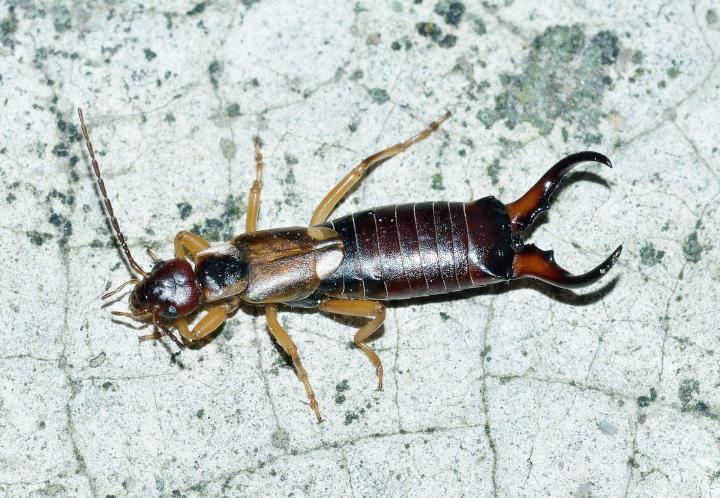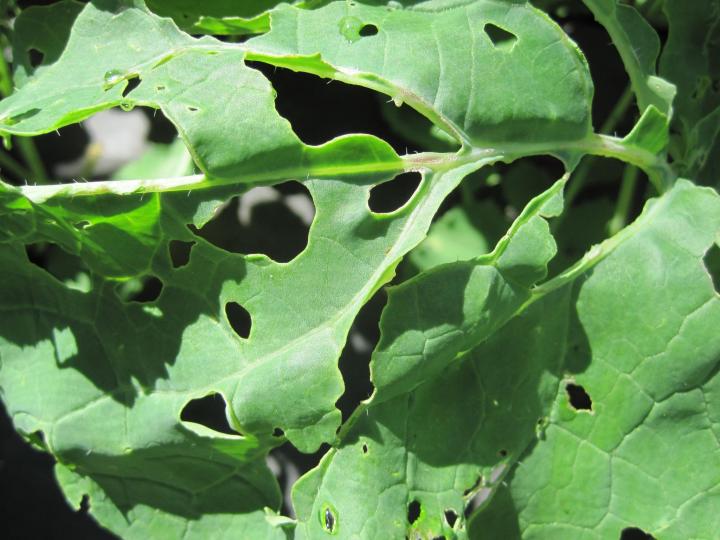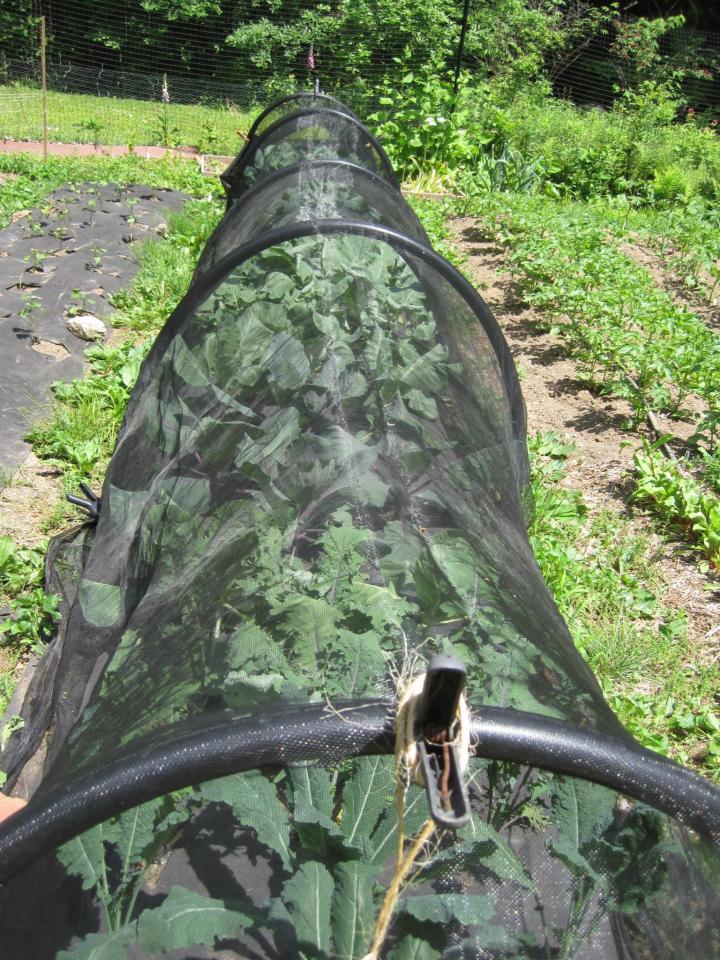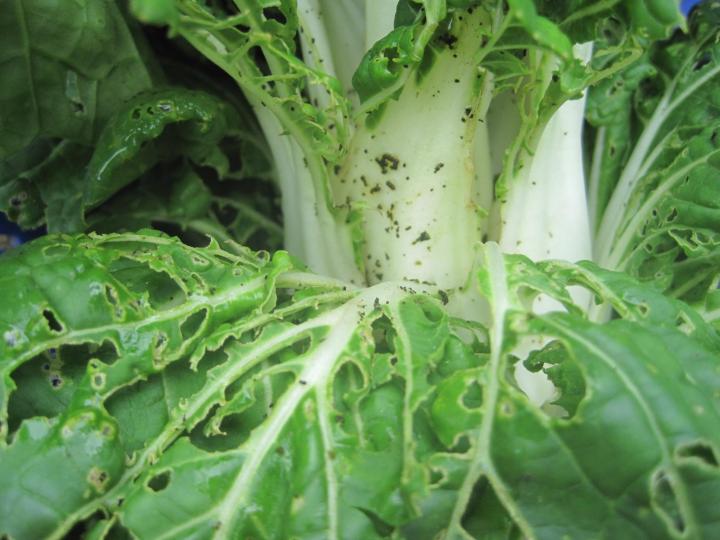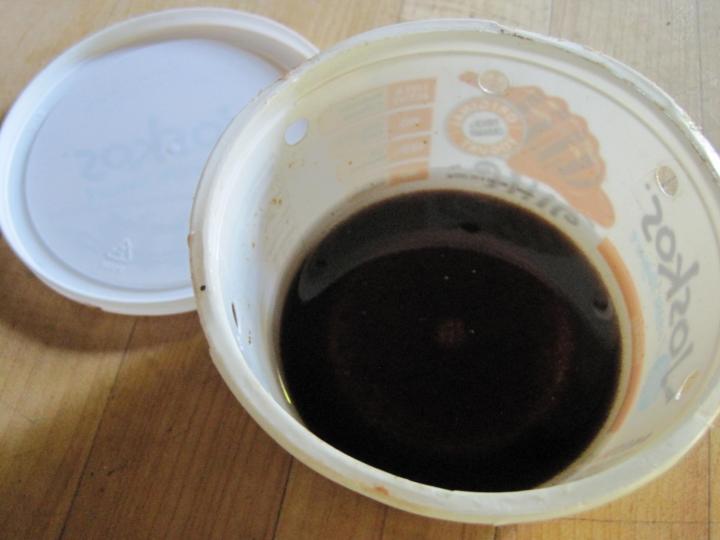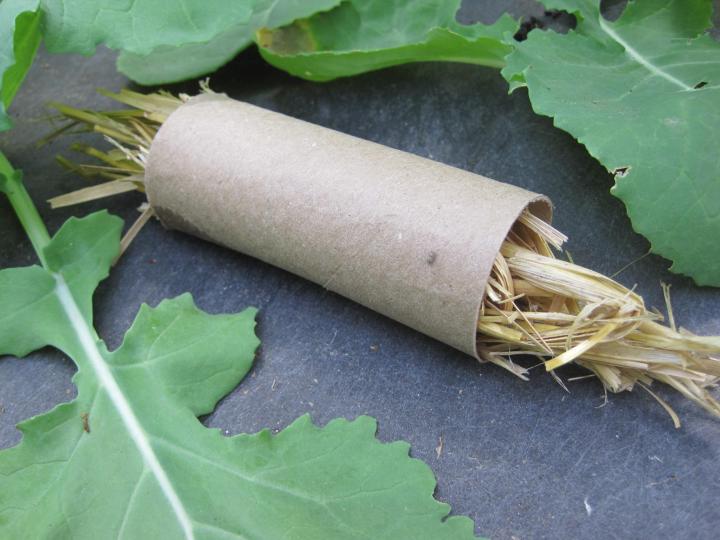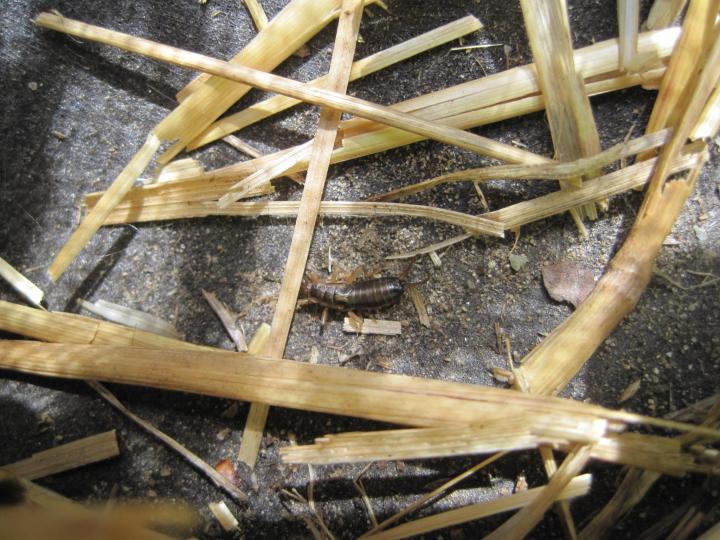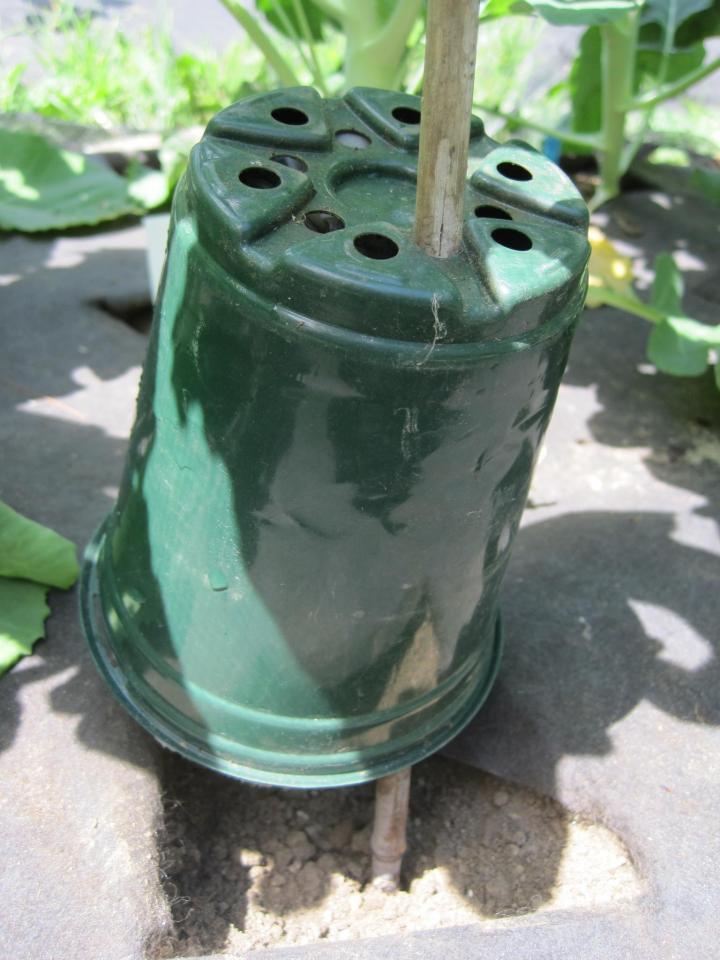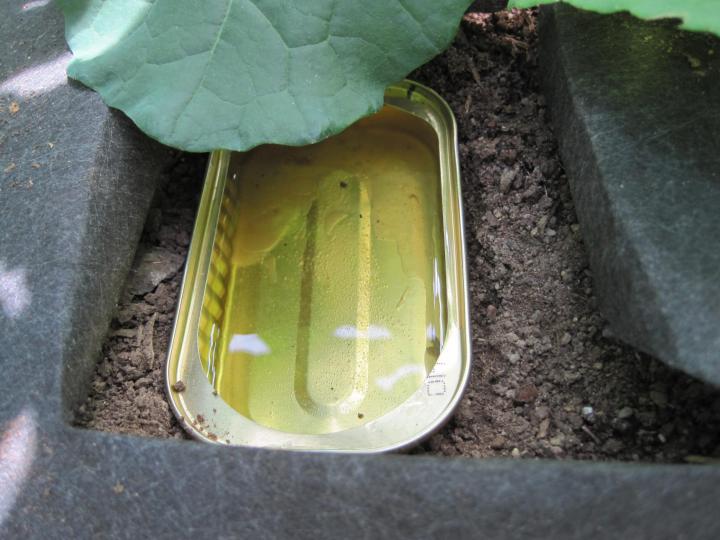
DYI earwig oil trap that works!
Testing out DIY Earwig Trap Ideas: Which One is the Best?
ADVERTISEMENT
You didnt make a very good effort, my soy and oil trap is full of bugs including mostly earwigs. Your ratio was probably off
In another article about Garden Slugs by Ms Sweetser It was mentioned as a liquid attraction for these pests noted "Slug Bait: Bring out the Beer" I hadn't seen this substance mentioned herein that might popular for earwigs https://www.almanac.com/garden-slugs Might work as well. Otherwise, you might have a happy Raccoon
My true earwig horror story. About 8 hears ago I lived in California where my home backed up to Long Beach channels. My deck was concrete with only a few plants scattered around. I kept noticing more and more earwig bugs on the deck at nite. One nite I was in my house when my doggie wanted to go outside. As I approached my sliding glass door I noticed the sliding door was completely covered in earwigs from top to bottom, as well as the 4 windows in the kitchen, on the same wall as the slider, that faced the channel. In fear of them coming in the house I did not open the back door. I went out the side door and much to my horror the entire back of my house was completely covered solid with those nasty bugs. Im not exaggerating, like a SCI-FI movie. In the morning they were gone. I learned they are nocturnal. I tried vegetable oil in a few empty plastic butter tubs with no lids. Because of my dog I put the tubs out of his sight on the deck. That evening they seemed to be gone. I went outside to check the traps when I saw the first 2 tubs were overflowing with thousands of earwigs but when I got to the last 2 traps I noticed they were completely filled with earwigs but dry of oil which led me to believe my dog lapped up the over 1 cup of oil. I called an emergency vets. hot line to see what will happen to my dog. Thank goodness they said he would be okay but to watch out for lots of diarrhea. He was okay and after that I never saw another earwig. Please use caution with pets around earwig traps.
Yikes! Thanks for sharing!
So I do the soy sauce and veg oil in an open plastic container and catch millions lol. Wish I could post a picture of my full trap
Before I empty it…..
If I left a can of fishy smelling oil in my garden I'd have visitors a LOT bigger than a raccoon or a skunk to worry about! The bears would come running to my place!
I will swear by the oil trap with a dash of soy sauce. Earwigs were getting into my artichokes, but the oil traps were full of them the first day, and gradually got less and less each day until they were gone.
The oil and soy sauce trap worked amazingly well for me. I poked holes in an empty pop can, filled it with the oil/soy sauce mixture, buried the can up to the holes and this morning it's full to the top of the liquid with earwigs
In my garden the earwigs love to spend their days sleeping in the upper parts of milkweed plants and it's very easy to knock them off into a coffee can of water, the same way I do with Japanese beetles. They like to hide in the newest leaves that are still somewhat vertical and tucked against the stem.
I tried the can with oil method - I used a tuna can and olive oil - and the next morning a whole colony of ants had committed suicide in my oil can bath. But not a single earwig.

